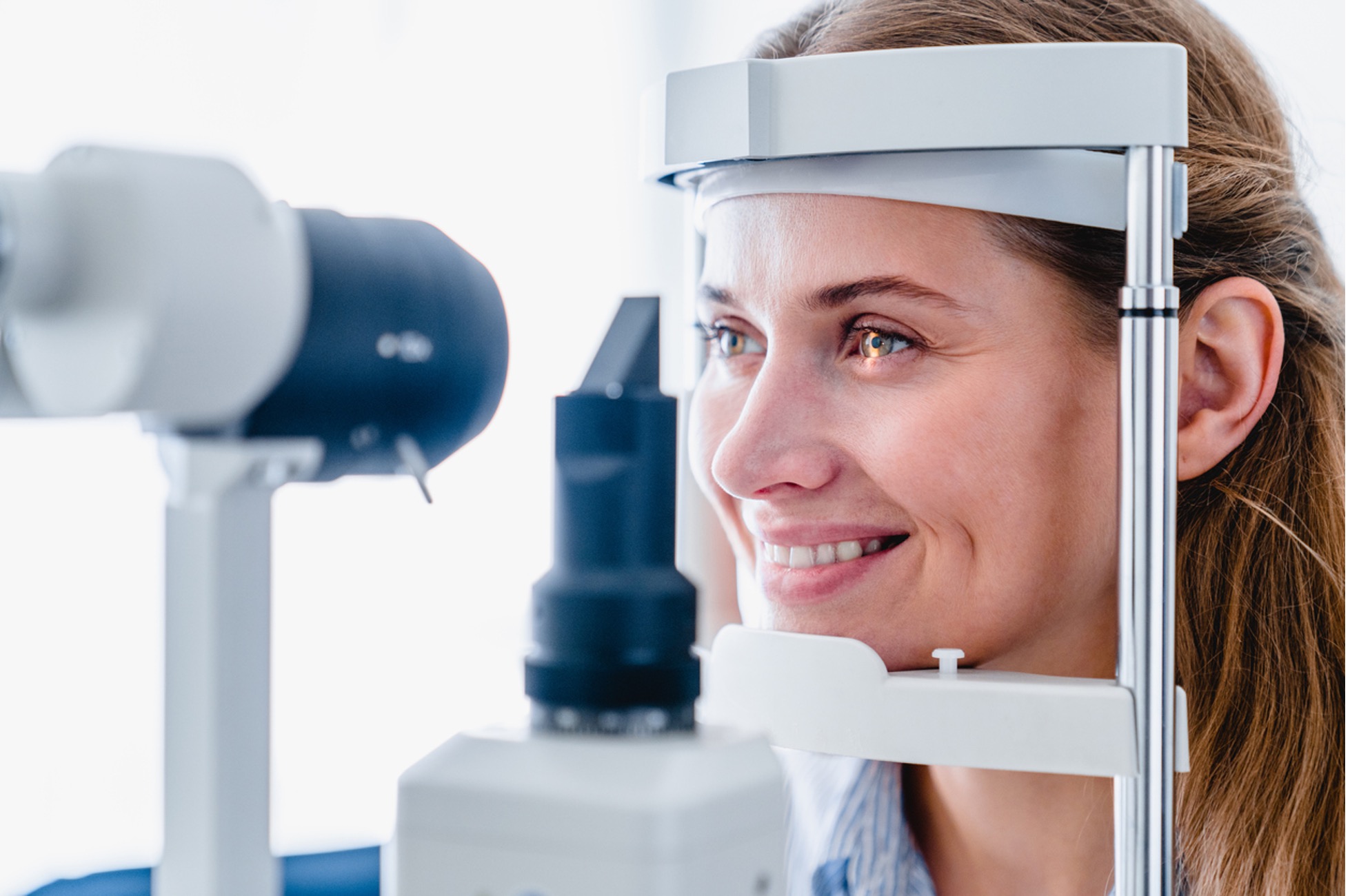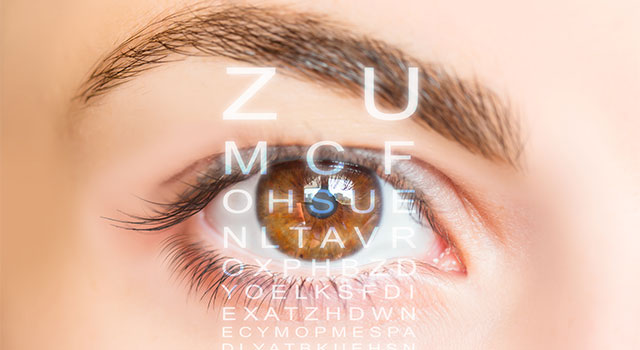Top-Rated Eyecare Near Me: Expert Vision Services Available
Top-Rated Eyecare Near Me: Expert Vision Services Available
Blog Article
The Duty of Advanced Diagnostic Tools in Identifying Eye Disorders
In the realm of ophthalmology, the use of advanced analysis devices has actually changed the very early identification and administration of various eye problems. From identifying refined adjustments in the optic nerve to keeping an eye on the development of retinal illness, these technologies play an essential duty in enhancing the accuracy and effectiveness of diagnosing ocular problems. As the demand for accurate and prompt diagnoses continues to grow, the integration of sophisticated tools like optical coherence tomography and visual area testing has actually become important in the world of eye care. The intricate interaction between modern technology and ophthalmic methods not just clarifies detailed pathologies but likewise opens up doors to tailored therapy methods.
Value of Early Diagnosis
Very early diagnosis plays a pivotal role in the reliable monitoring and treatment of eye disorders. Timely recognition of eye conditions is essential as it enables for prompt intervention, possibly preventing further progression of the illness and lessening long-lasting issues. By discovering eye problems at an onset, health care companies can offer ideal treatment strategies tailored to the particular condition, inevitably resulting in better outcomes for clients. Moreover, very early medical diagnosis allows individuals to accessibility necessary support solutions and sources faster, improving their total top quality of life.

Technology for Identifying Glaucoma
Cutting-edge analysis innovations play a vital function in the early discovery and surveillance of glaucoma, a leading reason for irreversible blindness worldwide. One such innovation is optical comprehensibility tomography (OCT), which gives in-depth cross-sectional photos of the retina, permitting the measurement of retinal nerve fiber layer density. This dimension is important in analyzing damage brought on by glaucoma. One more sophisticated tool is aesthetic area screening, which maps the sensitivity of a patient's aesthetic field, assisting to find any kind of locations of vision loss quality of glaucoma. In addition, tonometry is utilized to measure intraocular stress, a major threat factor for glaucoma. This examination is important as elevated intraocular pressure can lead to optic nerve damages. Moreover, newer innovations like the use of man-made knowledge algorithms in analyzing imaging data are showing encouraging lead to the early discovery of glaucoma. These innovative analysis devices allow ophthalmologists to detect glaucoma in its beginning, enabling for prompt treatment and better management of the illness to stop vision loss.
Function of Optical Comprehensibility Tomography

OCT's capability to evaluate retinal nerve fiber layer density permits accurate and unbiased measurements, helping in the early discovery of glaucoma even prior to aesthetic area flaws come to be noticeable. Moreover, OCT technology allows longitudinal tracking of architectural adjustments with time, assisting in customized therapy strategies and timely treatments to aid protect people' vision. The non-invasive nature of OCT imaging also makes it a preferred option for keeping track of glaucoma development, as it can be duplicated consistently without causing discomfort to the individual. Generally, OCT plays a vital role in improving the diagnostic accuracy and monitoring of glaucoma, ultimately adding to far better results for people at threat of vision loss.
Enhancing Medical Diagnosis With Visual Area Screening
A vital component in comprehensive sensory examinations, aesthetic area screening plays an essential duty in improving the diagnostic process for different eye disorders. By evaluating the full level of a client's visual area, this examination provides vital details regarding the practical honesty of the whole visual path, from the retina to the visual cortex.
Visual area screening is especially important in the diagnosis and management of problems such as glaucoma, optic nerve problems, and different neurological diseases that can affect vision. With quantitative measurements of peripheral and main vision, clinicians can discover subtle modifications that might indicate the existence or progression of these conditions, also prior click here to read to obvious signs and symptoms take place.
In addition, visual field screening permits the surveillance of therapy effectiveness, assisting eye doctors tailor healing interventions to individual clients. eyecare near me. By tracking changes in visual area efficiency with time, doctor can make educated choices about changing medicines, recommending surgical treatments, or carrying out other proper steps to preserve or boost a client's aesthetic function
Handling Macular Degeneration

Conclusion
In verdict, progressed diagnostic tools play a critical duty in determining eye problems early on. Technologies such as Optical Comprehensibility Tomography and visual area screening have actually considerably improved the precision and effectiveness of detecting conditions like glaucoma and macular degeneration.
Report this page